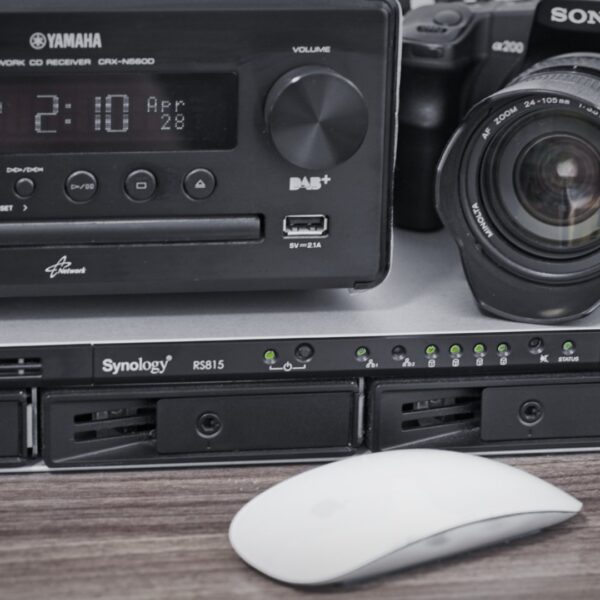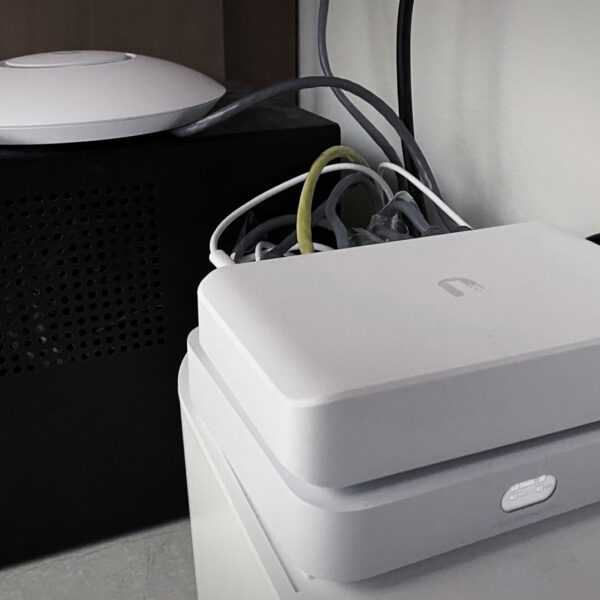Today I’ve set out to look at using an iPhone 11 for close up photography as compared to a traditional DSLR and specialist lenses. I’ve not gone to a whole lot of trouble since the whole point of using a mobile phone is its meant to be a quick process, just whip it out, take the shot and move on. Here’s what I learned.
The setup
I’ve used a full frame Sony A99 with Minolta 50mm macro, 100mm macro and 80-200 2.8 lenses, ballhead tripod and ambient light on an overcast day. I did not change exposure settings with the different lenses. Exposure settings were aperture priority, f/8 and then shutter speeds around 1/25 for the 50mm, 1/5 for the 100mm, 1/30 for the 80-200. The tripod was moved back for each lens to facilitate its minimum focus distance which also altered the field of view. I’ve cropped images to show the detail of each shot other than the 100mm since a sharp shot wasn’t going to happen under the conditions (low light and wind).
The iPhone was used hand held in its portrait mode to simulate the bokeh of a traditional camera with no cropping applied.
You can click on the images to see them at full screen size.
Minolta 50mm macro
This lens is easy to use with good detail and returned the following shots with no messing about. The background is smooth and nicely out of focus. Its a little underexposed which I’ve not corrected since I wanted to compare all the images taken. This is my go to lens for most situations. A little bit of post on the close up. I wasn’t focusing on the spider but you can this lens does a pretty good job even when zero care is taken.


Minolta 100mm macro
This lens is a challenge even on a good day. This image at 1/5 is not particularly sharp since the 100mm macro needs a lot of light and I would typically use it with strobes. DOF is hard to control compared to the 50mm but the bokeh is very good. This is not a lens used for grab shots but the results can be good if time is not an issue and there is plenty of light.

Minolta 80-200 2.8 HS G
This may seem an odd choice but this is a typical use case for portraits rather than macro. So in the interest of science I’ve taken the shot. This lens is capable of beautiful images but it does need to be way back from the subject. It provides magnificent bokeh when used correctly and very good control of the background.
This would be the lens to use for a bike portrait rather than details.


iPhone 11
Are you kidding me? Walked up took the shot hand held with portrait mode. Ok the background lacks the bokeh of the other lenses and the jpg file rendered is not going to lend itself to extreme post processing but I think you’ll agree its good enough especially given zero hassle to take the shot. There is plenty of detail to be honest and good depth of field.

Conclusions
In order of preference based on image quality: 50mm, iPhone. In order of preference based on lack of messing about: iPhone on portrait mode hands down. Yes its not perfect but its certainly good enough most of the time and with zero messing about.
For critical macro images I’ll be using all the tools no question. But if I need a grab shot its going to be the iPhone. Downsides are getting the images into a post processing tool and then having just the jpg to work with. Trivial given the convenience.




